Resources
Get Matched to the Right Builder
FIND THE PERFECT CUSTOM HOME BUILDER WITH OUR FREE ASSESSMENT
Tired of feeling overwhelmed? Look no further. We'll match you to the right builder in the Houston area and save you months of valuable time and money you'd spend trying to find one on your own. Click below to get started!
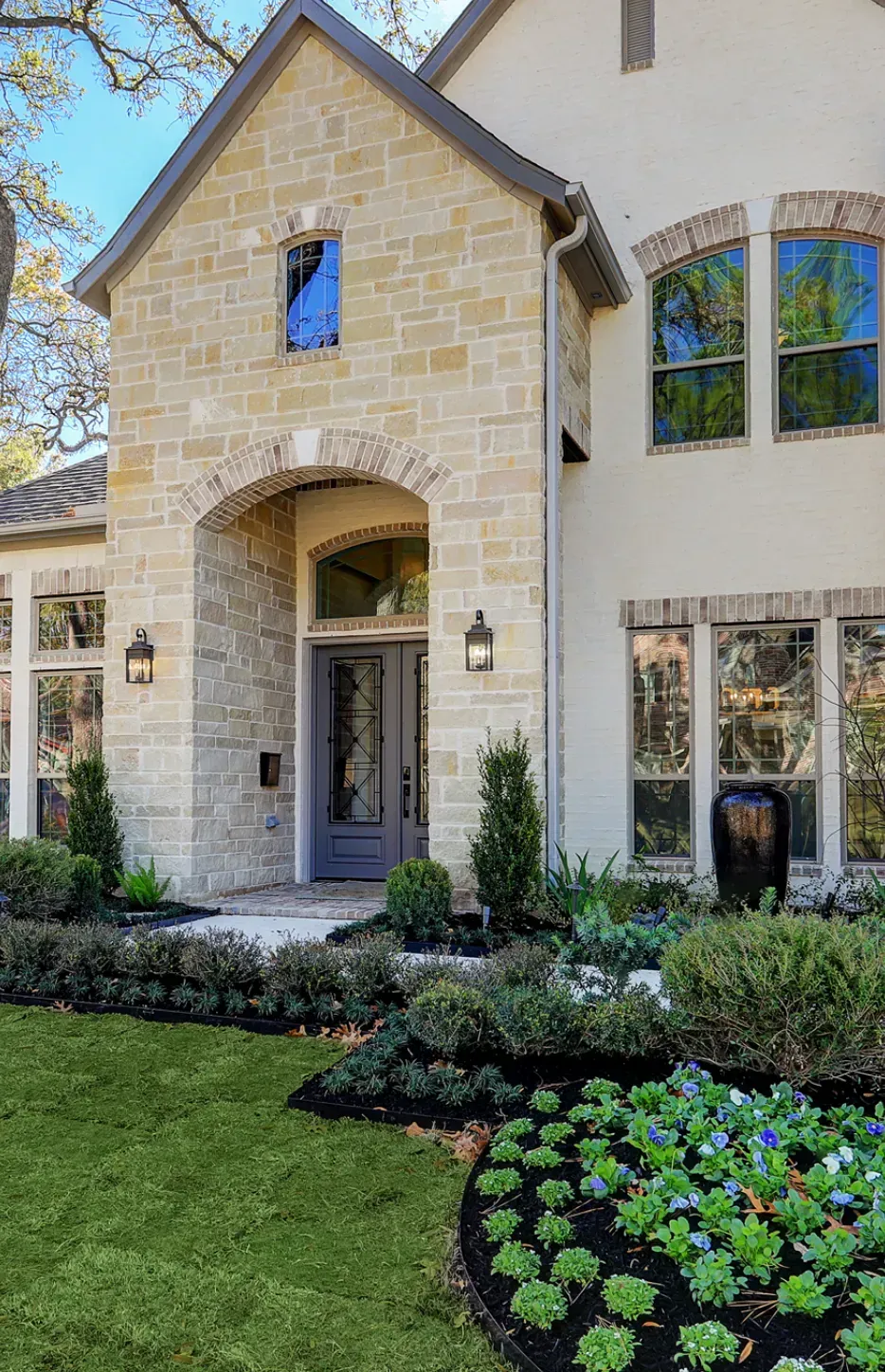
Download The Ultimate Custom Home Building Guide
A Step-by-step guide to building your custom dream home.
Download The Ultimate Custom Home Building Checklist
Finance

Finding Lot

Best Builder

Explore Our Gallery of Custom Homes
Browse our finished projects that display the craftsmanship of the builders we’ve matched with homeowners – turning dreams into reality.
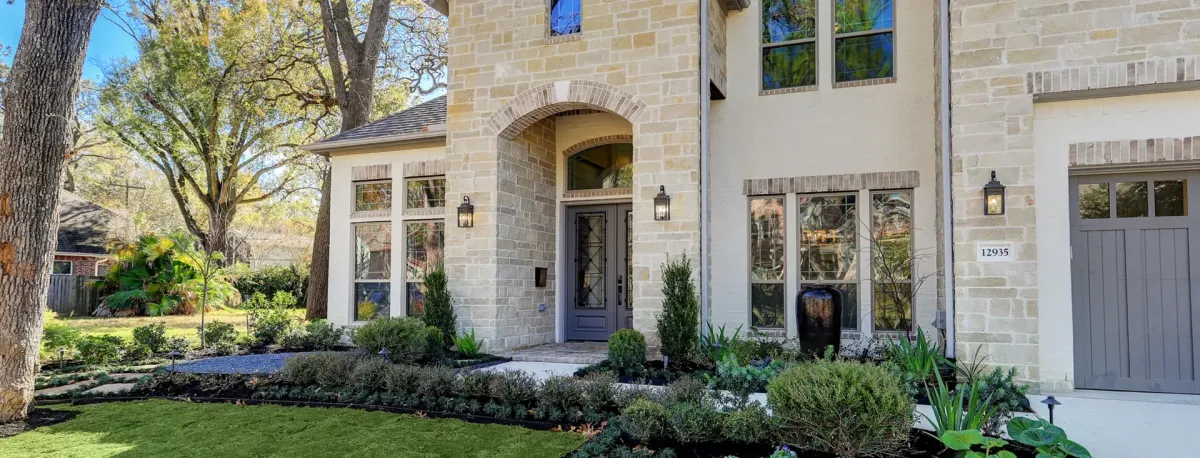
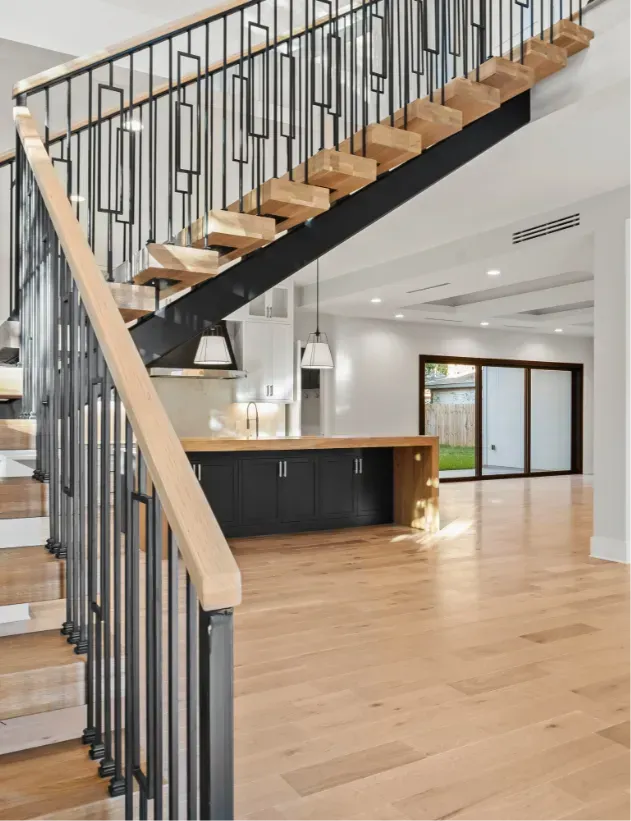

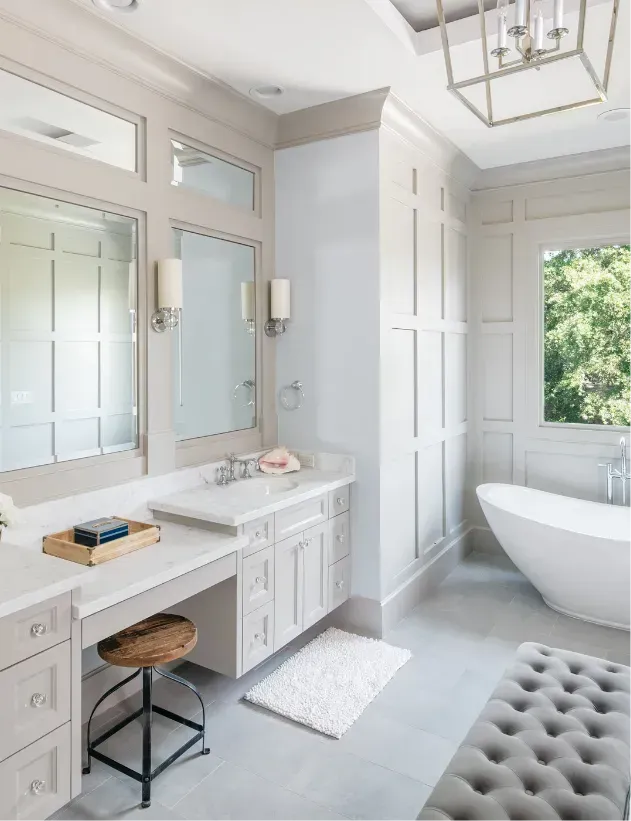
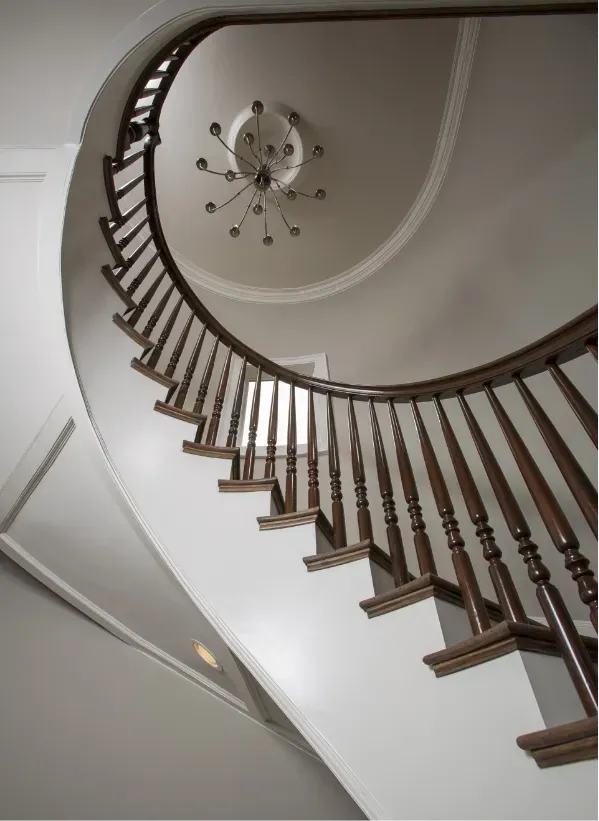
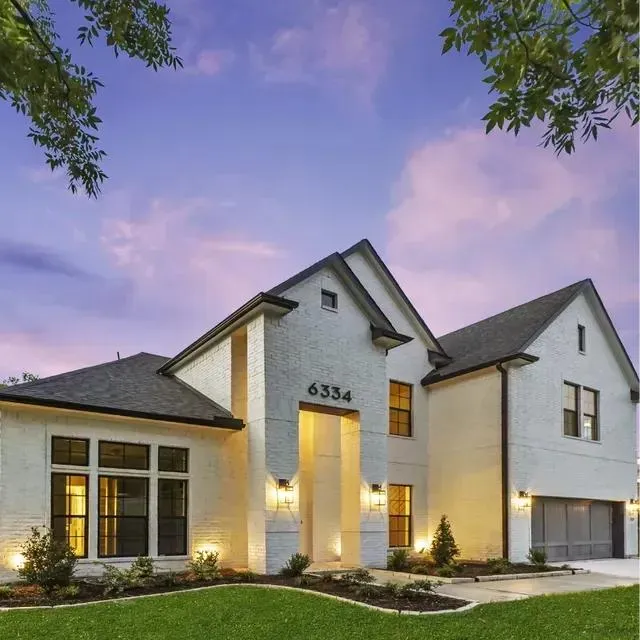
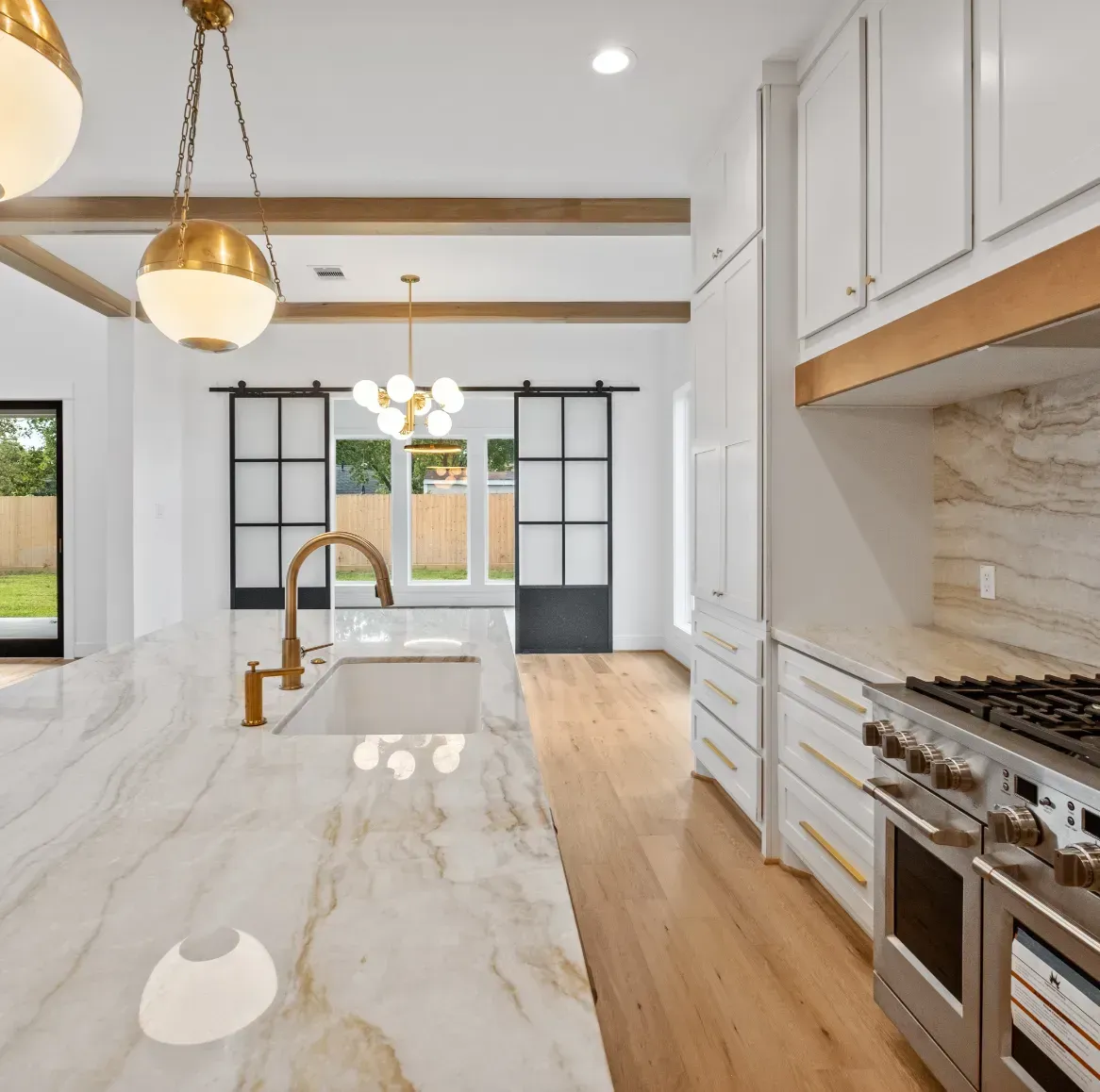
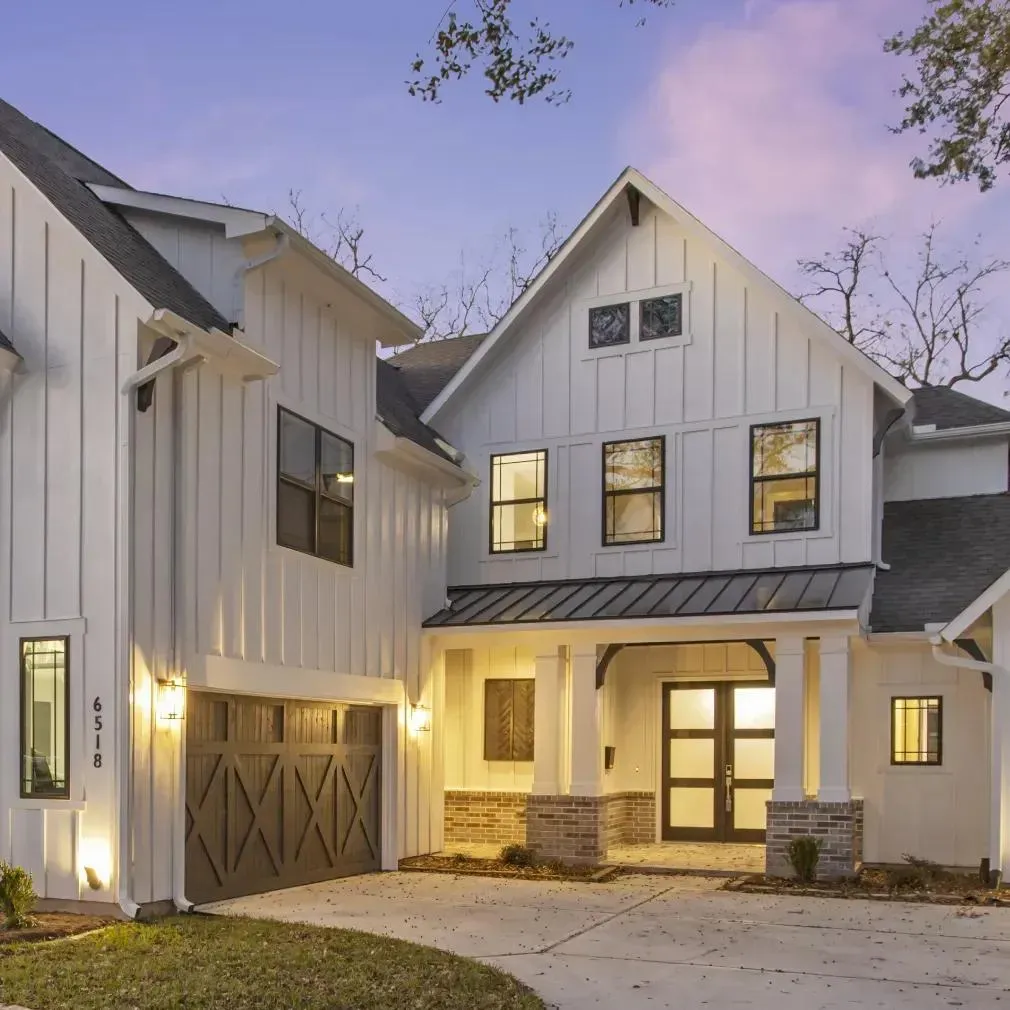
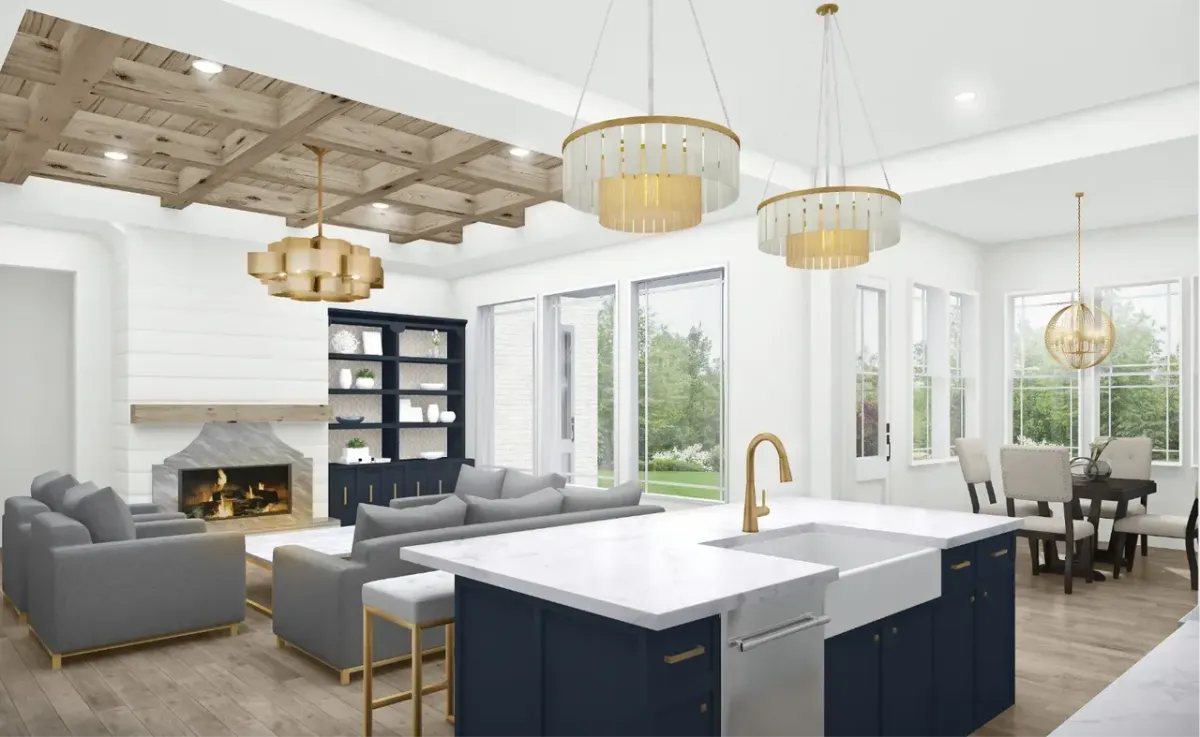
BLOG

Complying With Home Building Safety Codes for Peace of Mind
Building a custom home is exciting yet challenging due to complex safety codes and regulations. These codes ensure a home's long-term durability, safety, and habitability. This article explains key codes such as the International Residential Code (IRC), National Electrical Code (NEC), plumbing standards, structural requirements, and fire safety measures, and is designed to guide homeowners in Houston, TX, and beyond.
Key Takeaways
Safety codes protect occupants by ensuring quality construction and reducing hazards.
The International Residential Code (IRC) sets national construction standards.
Electrical, plumbing, structural, and fire safety codes address specific home risks.
Local and state regulations require proper permits and inspections.
Sustainable materials and smart home technology are influencing code updates.
What Are Home Building Safety Codes and Why Are They Important?
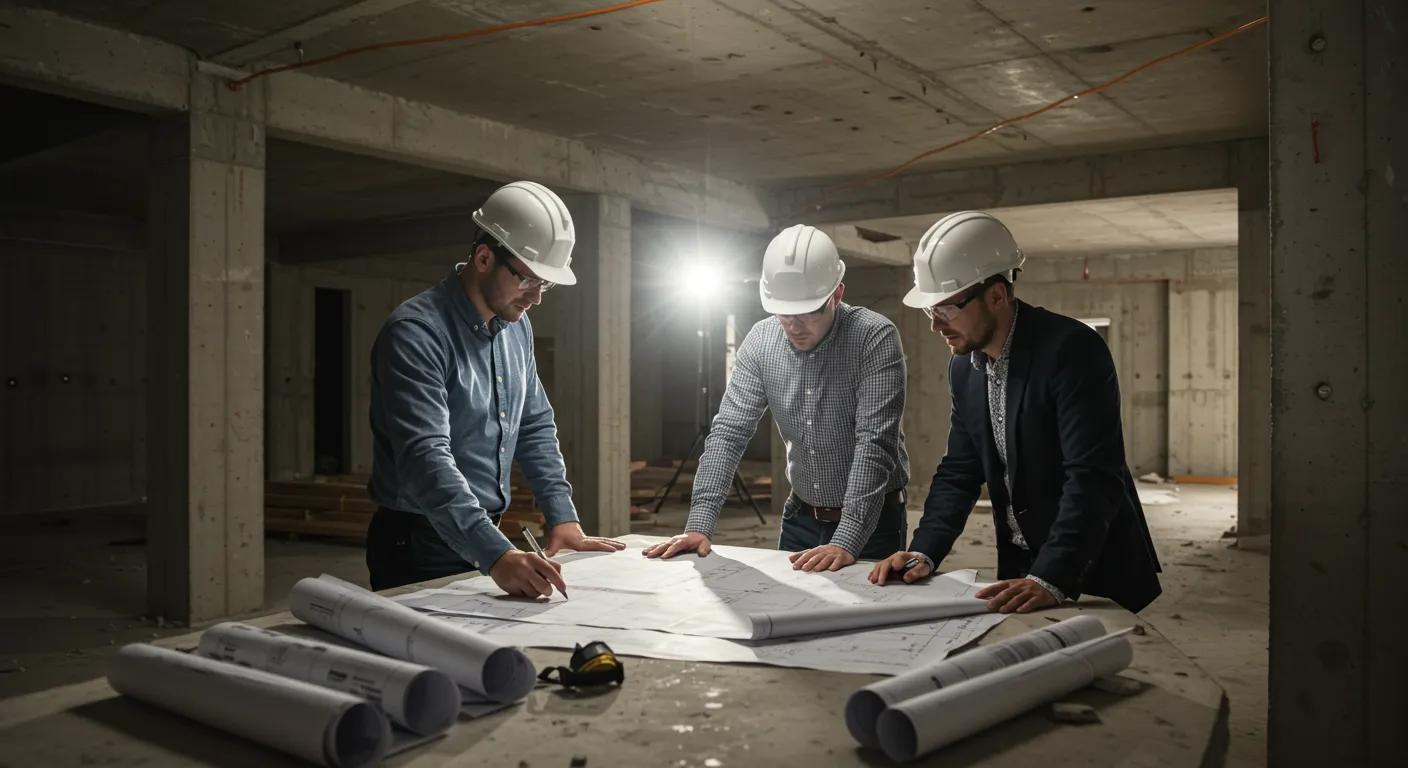
Safety codes are the regulatory standards applied throughout the home-building process from planning to construction. They prevent hazards like structural failures, electrical fires, and water damage by enforcing minimum requirements backed by modern engineering and safety research. Compliance with these codes protects lives, reduces legal liabilities, and enhances a home's resale value.
What Is the Role of the International Residential Code (IRC) in Home Building?
The IRC establishes uniform construction guidelines for one- and two-family homes to ensure safety and energy efficiency. It covers building design, electrical, plumbing, and minor alterations. Its adoption across the nation simplifies permitting and ensures consistent, safe construction practices.
How Do Local and State Building Codes Affect Home Construction?
Local and state codes adapt the IRC to meet regional risks like seismic activity or high humidity. They can affect permit timelines, inspection frequency, and design modifications. Consulting local building departments is essential for ensuring that your home meets both national and local safety standards.
What Are the Common Hazards Addressed by Building Safety Codes?
Codes target hazards such as electrical malfunctions, structural failures, water damage, poor indoor air quality, and mold. Measures like adequate smoke detectors, proper electrical grounding, and moisture-resistant materials are implemented to create a safe living environment.
How Do Electrical Safety Codes Ensure Safe Home Wiring?

Electrical codes prevent fires, shocks, and other hazards by ensuring wiring, outlets, and circuit breakers follow established safety standards. Regular inspections and proper installation practices minimize the risk of overloads and other wiring issues.
What Is the National Electrical Code (NEC) and Its Key Requirements?
The NEC sets the standard for residential electrical installations. Key elements include correct outlet placement, suitable wire sizing, and rigorous grounding standards. For example, wiring near water must be sealed and insulated. Adhering to the NEC reduces fire risks and ensures power is distributed efficiently.
How Do Electrical Permits and Inspections Work?
Before any electrical work, a permit must be obtained. After installation, a licensed inspector verifies that all work meets local and national standards. Regular inspections throughout construction help catch and resolve potential issues early.
What Are the Most Common Electrical Code Violations to Avoid?
Violations include circuit overloading, poor grounding, and using substandard materials. Exposed wiring or cables vulnerable to damage also pose risks. Working with licensed professionals and scheduling periodic checks help maintain system integrity.
How Does Proper Grounding and Bonding Protect Your Home?
Correct grounding and bonding provide a safe pathway for excess electrical energy, preventing appliance damage and reducing fire risks. By ensuring all metal parts are connected, potential shock hazards are minimized, protecting both residents and the home's electrical system.
What Plumbing Codes Must You Follow for Safe Home Water Systems?

Plumbing codes set standards for water supply and drainage systems to prevent leaks, blockages, and contamination. Following these codes helps maintain the integrity of water heaters, fixtures, and pipes.
What Are the Uniform Plumbing Code (UPC) Standards for Pipes and Fixtures?
The UPC details standards for materials like copper and PVC, specifying required pipe diameters and thicknesses for effective water flow. It also mandates proper venting to avoid indoor sewer gas issues, ensuring a reliable and safe plumbing system.
How Do Plumbing Permits and Inspections Ensure Compliance?
Before starting plumbing work, permits confirm that planned installations comply with UPC requirements. Post-installation inspections check pipe layouts, fixture placements, and drainage systems to ensure safety and efficiency.
What Are Typical Plumbing Code Violations and How to Prevent Them?
Common issues include improper venting, using non-approved materials, and incorrect pipe sizing. Installing backflow prevention devices and hiring qualified plumbers help avoid these violations and maintain long-term system functionality.
How Do Structural Safety Codes Protect Your Home’s Foundation and Framing?

Structural codes ensure that a home’s foundation, framing, and roofing withstand daily stresses and catastrophic events. Regular inspections and adherence to load calculations prevent issues like foundation settling, wall collapse, or roof failure.
What Are the International Building Code (IBC) and IRC Requirements for Foundations?
The IBC and IRC provide guidelines on footing depth, reinforcement, and materials (e.g., reinforced concrete). Proper foundation design, based on soil analysis, is critical to prevent shifting and ensure stability against natural forces.
How Is Load-Bearing Wall Construction Regulated by Safety Codes?
Codes require load-bearing walls to be built with certified materials and correct dimensions to support the roof and floors. Inspection and monitoring during construction ensure that each wall meets the necessary strength and durability standards.
What Are Best Practices for Roofing According to Building Codes?
Building codes dictate roofing standards such as proper underlayment, secure flashings, adequate pitch, and drainage. Using fire-resistant and insulated materials enhances durability and energy efficiency, while proper installation minimizes leaks and damage.
How Do Fire Safety Codes Safeguard Your Home and Family?

Fire safety codes ensure homes are equipped with systems to detect, contain, and suppress fires. Requirements include smoke detectors, fire sprinklers, and clearly marked escape routes, all of which reduce the risk of injury and property damage.
What Are the Fire Safety Requirements for Smoke Detectors and Fire Sprinklers?
Every home level must have functioning, interconnected smoke detectors. In high-risk areas, fire sprinklers are required in common spaces to quickly control fires. Regular testing ensures these systems work properly during emergencies.
How Does the National Fire Protection Association (NFPA) Influence Fire Safety Codes?
The NFPA sets guidelines for fire alarm systems and sprinkler installations. Local codes that adopt NFPA recommendations benefit from standardized, regularly updated procedures that improve evacuation and firefighting effectiveness.
What Are the Code Guidelines for Safe Egress and Fire-Resistant Materials?
Safe egress guidelines require multiple, unobstructed exit routes from each home. Additionally, using fire-resistant materials like treated wood and non-combustible insulation helps prevent fire spread, allowing safe evacuation until help arrives.
How Can You Find and Use Local Building Codes for Your Home Project?

Local codes can be found through building department websites and municipal offices. These codes, reflecting regional conditions, help homeowners apply for permits and schedule necessary inspections.
Where to Locate Your Local Building Department’s Code Resources?
Local websites and planning offices offer downloadable documents, FAQs, and interactive tools that explain regional safety requirements. Attending workshops can also provide valuable guidance.
How Do Local Code Variations Impact Permitting and Inspections?
Local variations may add requirements not found in national codes, influencing materials, methods, and inspection routines. Working with knowledgeable local professionals helps ensure all regional nuances are addressed.
What Interactive Tools Help You Understand and Apply Local Codes?
Online calculators, mapping systems, and permit tracking dashboards allow homeowners to tailor code requirements to their projects. Mobile apps may also offer real-time updates on code changes and inspection schedules.
What Are the Best Practices for Ensuring Code Compliance During Home Building?
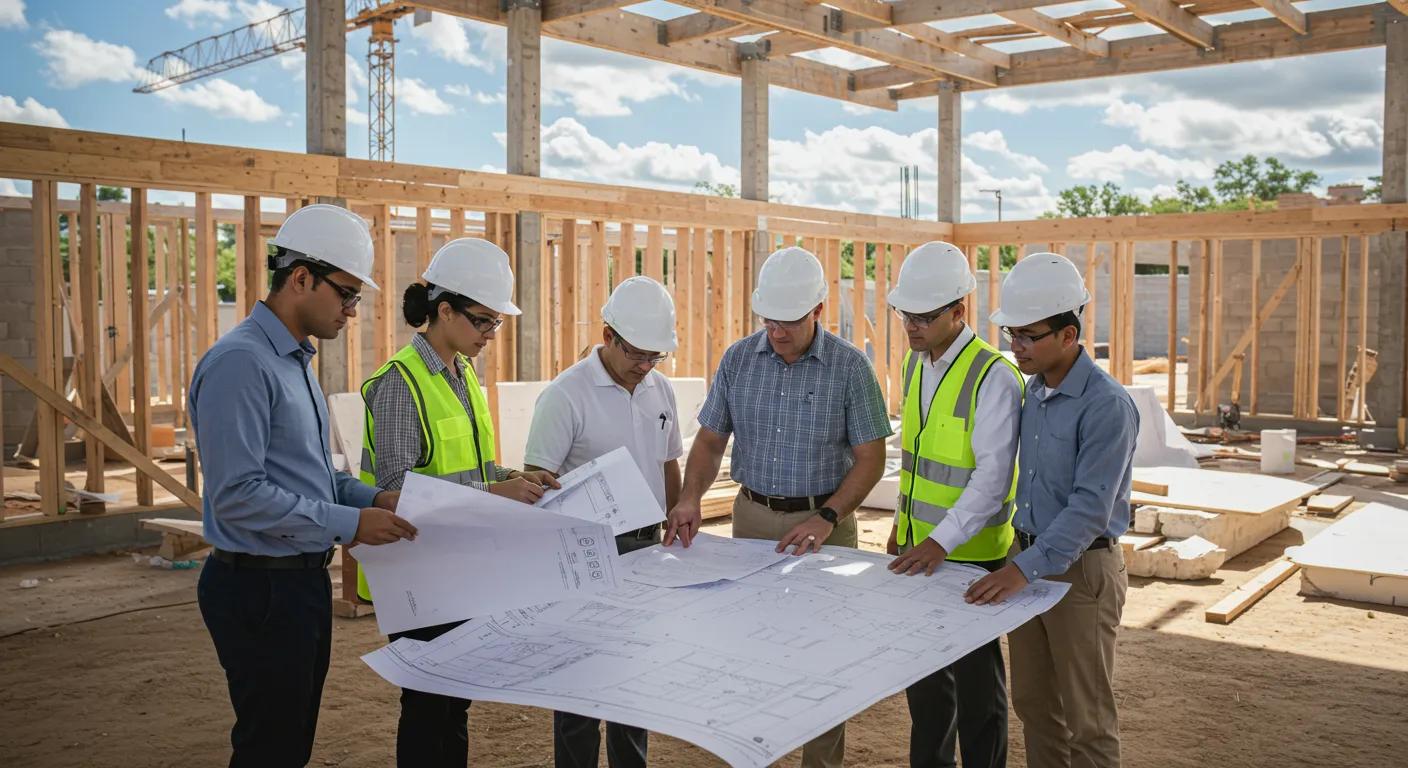
Adhering to codes requires proactive planning, keeping documentation, and working with professionals. Using checklists and regular inspections supports smooth progress and helps avoid costly mistakes.
How to Use Checklists and Calculators for Code Compliance?
Checklists and calculators help quantify construction requirements such as load capacities and material quantities. These tools ensure every step meets local, state, and international standards and allow for quick corrective actions.
When Should You Consult Qualified Building Professionals?
Consult experts—architects, engineers, and experienced contractors—during planning, permit applications, and major alterations. Their expertise safeguards against errors and non-compliance.
How Often Are Building Codes Updated and How to Stay Informed?
Building codes are updated periodically to reflect technological advances and new safety data. Homeowners can subscribe to local department updates and attend seminars to stay current.
What Are Common Building Code Violations and How Can You Avoid Them?
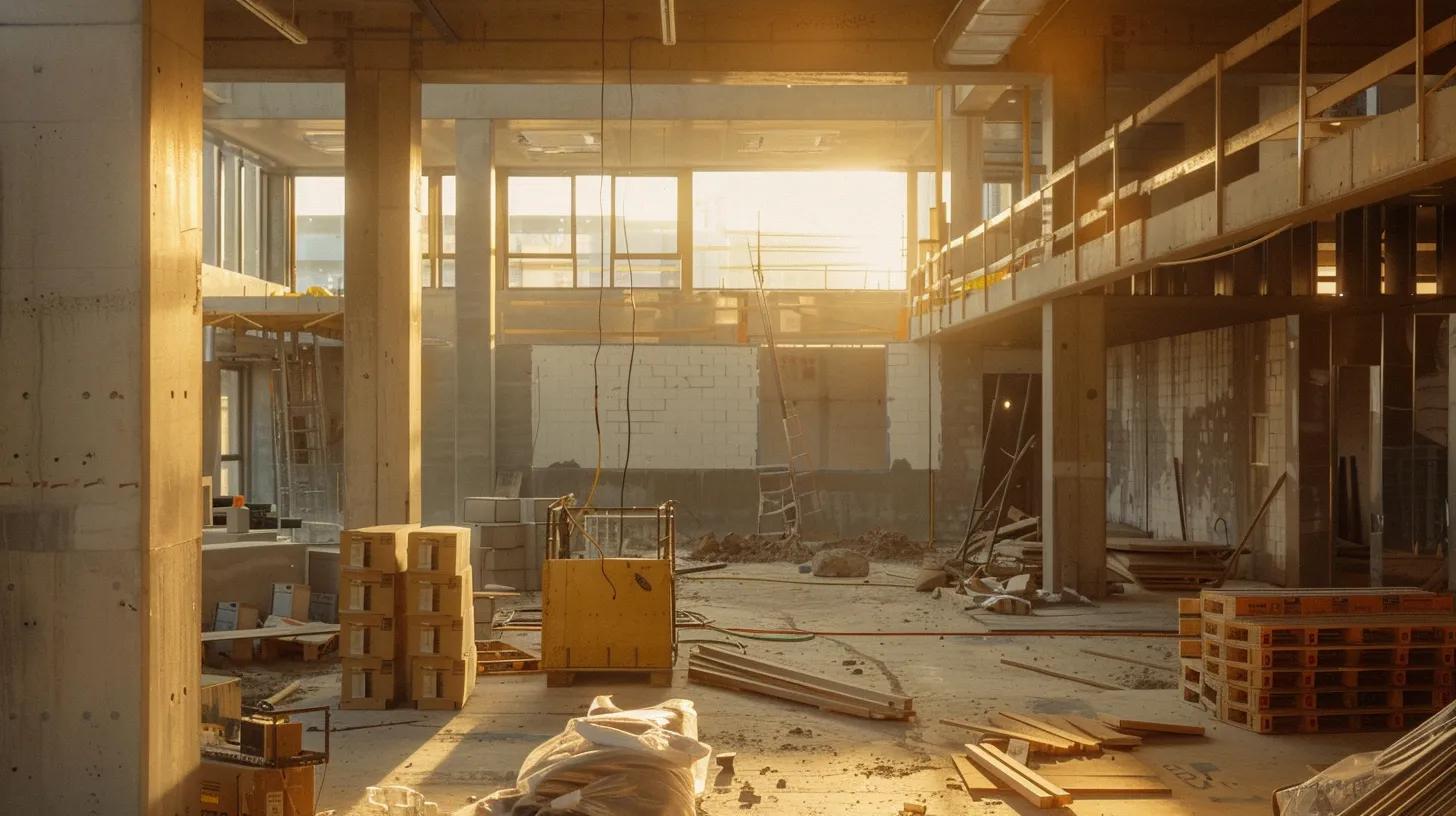
Violations in electrical, plumbing, and structural installations can compromise safety. Staying diligent in planning and scheduling regular inspections prevents issues from escalating into costly setbacks.
What Are the Most Frequent Electrical, Plumbing, and Structural Violations?
Frequent issues include improper grounding, circuit overloading, faulty venting, and incorrect pipe sizing, as well as weak foundations and load-bearing wall errors. Awareness and adherence to codes are key to avoiding these errors.
How Do Inspections Identify and Address Code Violations?
Inspections use detailed checklists to spot misaligned wiring, improper fixture installations, and weak structures. Early detection enables prompt correction, reducing potential hazards and legal issues.
What Are the Consequences of Non-Compliance With Building Codes?
Non-compliance can lead to fines, forced reconstruction, or even demolition, voided insurance claims, and a drop in property value. More importantly, it poses serious safety risks to occupants.
Frequently Asked Questions
Q: What are home building safety codes?
A: They are regulatory standards that ensure all aspects of construction, from electrical to structural, meet minimum safety requirements.
Q: How often should I have my home inspected for code compliance?
A: Inspections should be performed at critical construction milestones and periodically during renovations.
Q: Do local building codes differ from national codes?
A: Yes, local and state codes may add extra requirements based on regional risks, so it is important to consult local building departments.
Q: How can smart home technology enhance code compliance?
A: Smart sensors continuously monitor systems like fire alarms and electrical circuits, ensuring they meet current safety standards.
Q: What should I do if a code violation is found during inspection?
A: Consult qualified professionals immediately to correct the issue and schedule a re-inspection.
Final Thoughts
Building a home with safety codes in mind is essential for protecting lives and investments. Understanding and following the IRC, NEC, plumbing, structural, and fire safety standards helps homeowners navigate construction challenges with confidence. Regular inspections, expert consultations, and staying current with local code updates are key to ensuring that your custom home remains safe, durable, and efficient.
Contact Us Today To Learn More
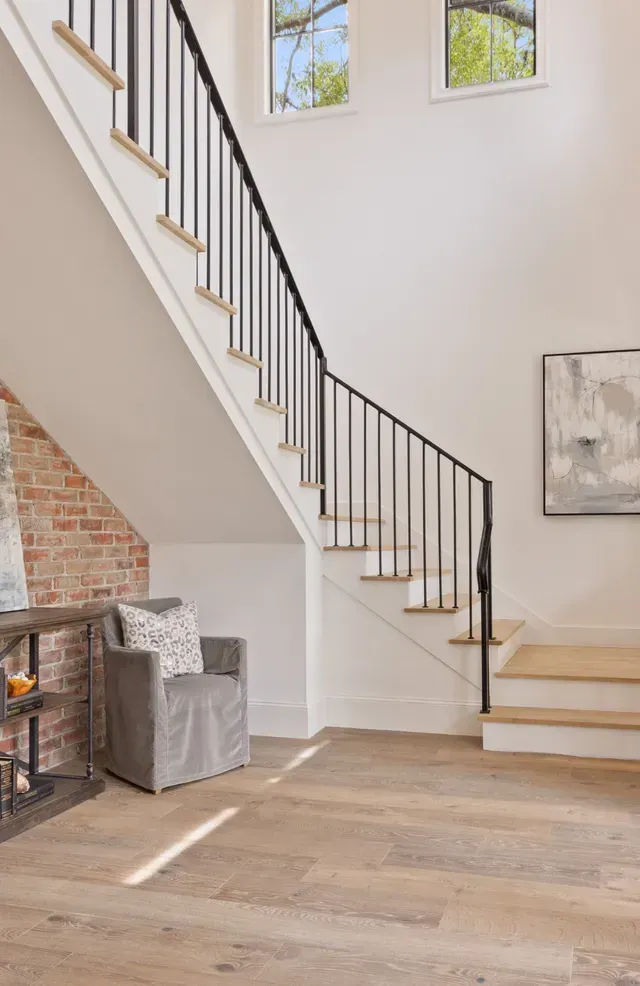
Phone: +1 713-304-5330
Address: 8588 Katy Fwy #450, Houston, TX 77024, United States


